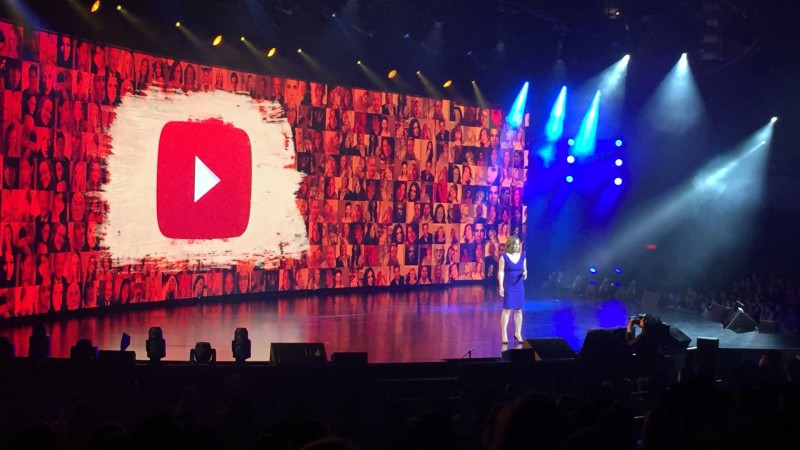
Following on its commitment in March to review and beef up policies for ad-supported content, YouTube rolled out updated guidelines that include new focus on hateful and incendiary content.
In the aftermath of advertisers pulling out of YouTube after The Times of London reported many examples of brand ads showing up on extremist and violent content, Google was quick to try to regain advertiser confidence. Channels are no longer eligible for advertising until they reach 10,000 views, and search ads remain paused, for example. As a result, many creators have seen their ad revenue plummet or fluctuate significantly.
In a blog post Thursday, Ariel Bardin, VP of product management, said advertisers have been coming back to YouTube but acknowledged the past few months have been tough for some creators. “We know that revenue fluctuations have been unsettling and want to reassure you that we’re working closely with our advertising partners to make sure that YouTube continues to be a great place for creators to earn money. ”
More detailed & expanded guidelines
On June 1, 2017, YouTube added more detail and expanded the guidelines for content that can be monetized on YouTube. The previous version, shown below, was succinct.

The previous version of YouTube’s advertiser-friendly content guidelines as captured on May 31, 2017.
The updated version, below, provides significantly more detail for the existing ineligible content types and more explanation about the guidelines generally.
There are also more types of content that aren’t eligible for advertising: “hateful content,” “inappropriate use of family entertainment characters” and “incendiary and demeaning” content. These additions speak directly to the types of content advertiser protests flared up around.
YouTube also launched a Creator Academy course that explains how to make content appealing to advertisers.
Creator reactions
Reactions to the blog post have been mixed. Among the complaints are several comments that YouTube is now encouraging “bland content.” Some creators note the potential impact on videos in the horror, parody and gaming genres. The requirement to reach 10,000 views also continues to be a sore point.
Bardin noted in the blog post,”We know our systems aren’t perfect and we’re also working to further improve your ability to appeal impacted videos.”
About The Author

Popular Stories


Having read this I believed it was rather enlightening. I appreciate you spending some time and energy to put this short article together. I once again find myself spending way too much time both reading and leaving comments. But so what, it was still worth it!
Excellent blog right here! Also your web site a lot up fast! What web host are you the use of? Can I am getting your associate hyperlink on your host? I wish my web site loaded up as fast as yours lol